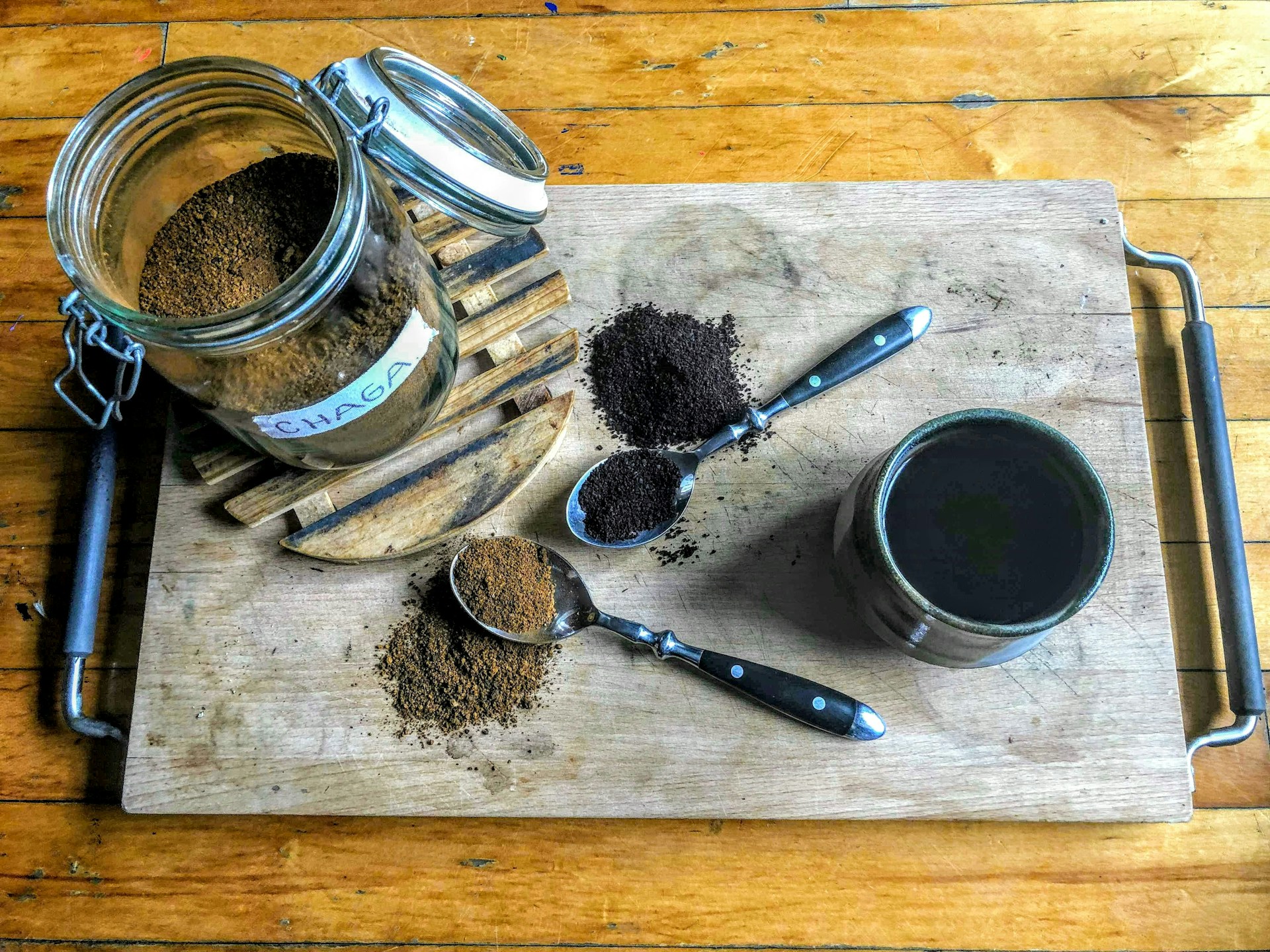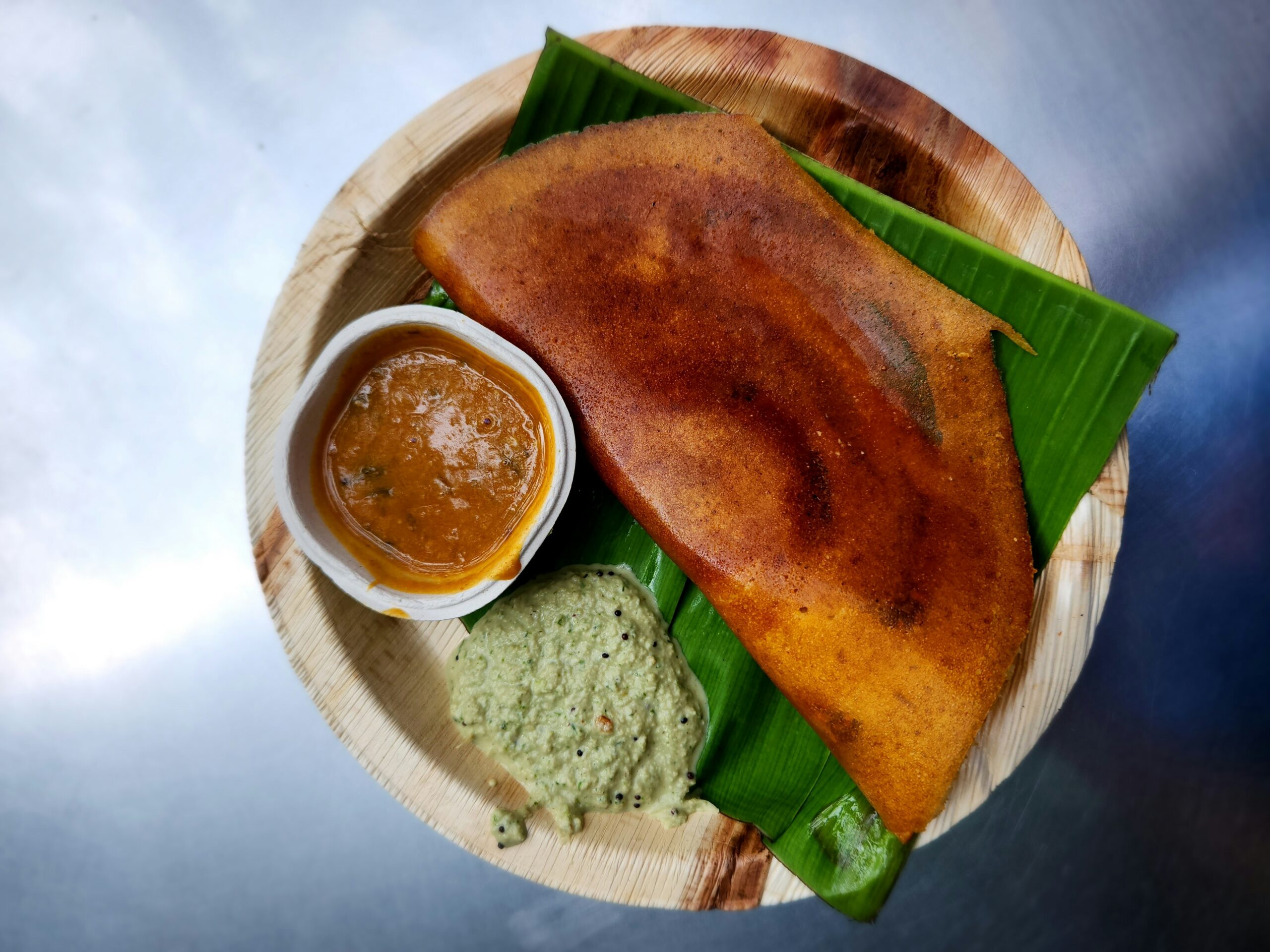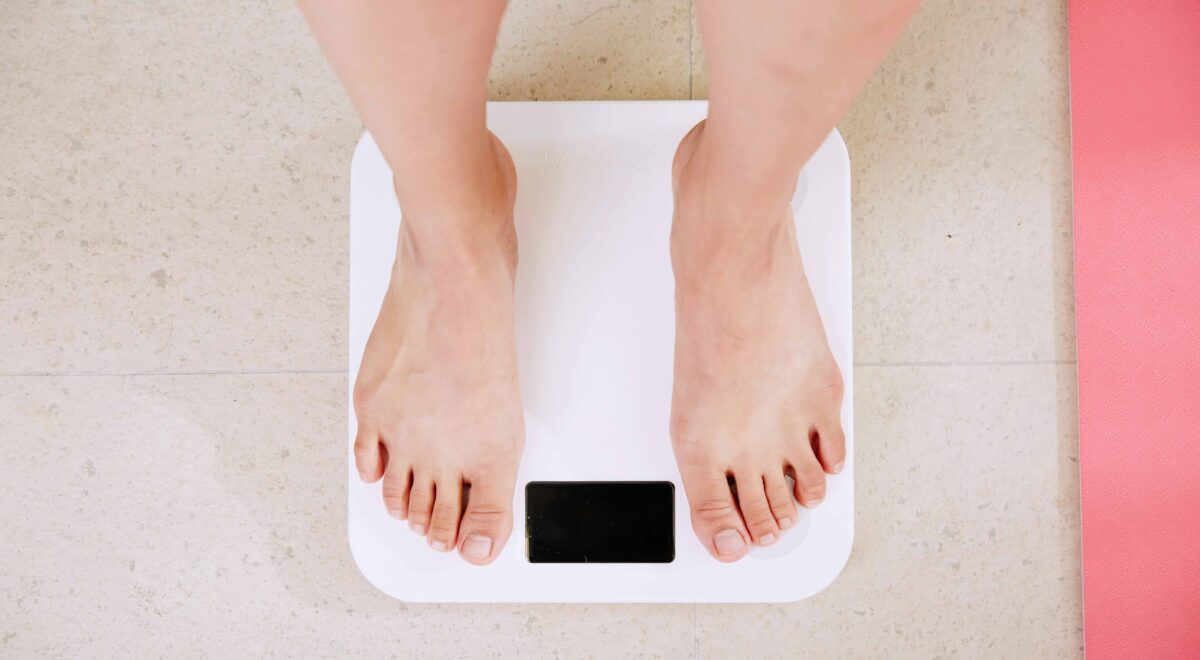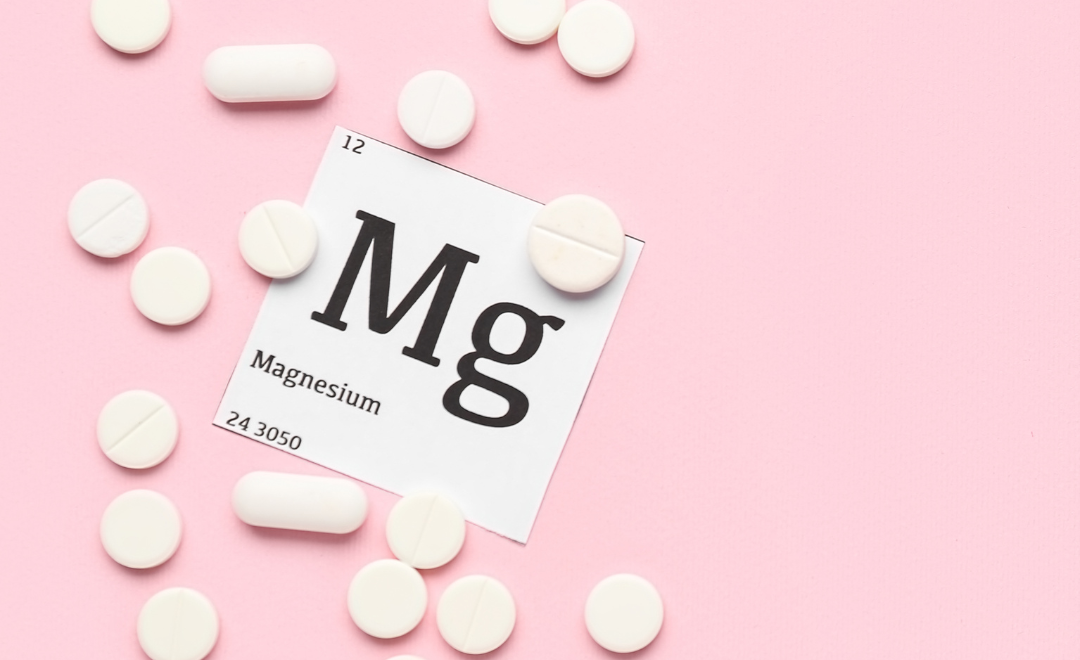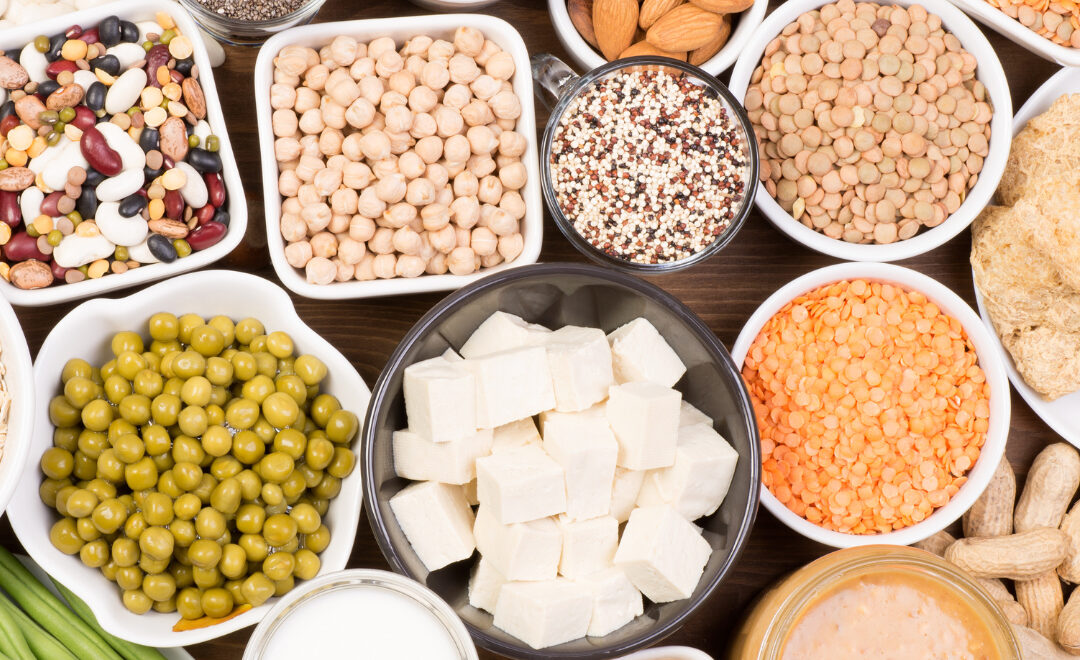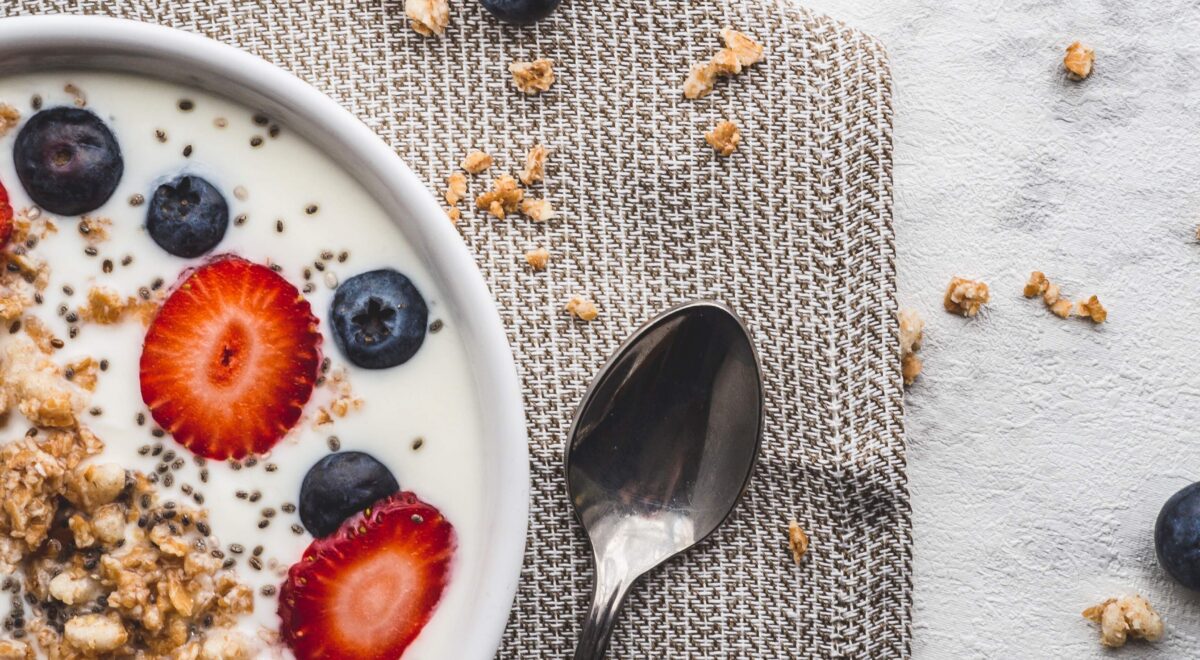tHow to Cut Down on Sugar in Your Diet – Easy Tips

You’re probably eating more sugar than you think. It’s in everything—from that “healthy” granola to your chai or coffee. The occasional sweet is fine, but too much sugar? That’s when you start dealing with weight gain, energy dips, and bigger issues like diabetes and heart problems.
Here’s the thing: to cut down sugar from your diet doesn’t need to be some massive lifestyle overhaul. It’s actually pretty straightforward. This guide breaks down a few no-nonsense ways to cut down sugar without making your life miserable.
1. Know Where Sugar Hides
The first step to cut down sugar in your diet is understanding where it’s coming from. While we all know that cakes, cookies, and soda are sugar-heavy, you might be surprised by other sources. Sauces, salad dressings, bread, cereals, flavored yogurt, and even savory snacks like chips can contain added sugars. Learning to read nutrition labels is crucial to spotting hidden sugars. Look for terms like:
- High-fructose corn syrup
- Dextrose
- Maltose
- Sucrose
- Agave nectar
- Cane sugar
Checking the ingredient list and the nutrition label’s “Total Sugars” and “Added Sugars” sections can help you make informed choices.
2. Cut Back on Sugary Beverages
Sugary drinks are one of the largest sources of added sugar in most diets. Soda, fruit juices, sweetened teas, energy drinks, and flavored coffees are loaded with sugar. Switching to healthier alternatives can significantly cut down sugar in your diet. Try:
- Water with a slice of lemon, lime, or cucumber
- Unsweetened herbal teas
- Sparkling water with a splash of natural fruit juice
- Black coffee or coffee with a sugar-free milk alternative
Even beverages like smoothies and fruit juices, which may seem healthy, often contain high amounts of natural sugars without the fiber found in whole fruits. Reducing consumption of these drinks and replacing them with water or tea can make a huge difference.
3. Watch Out for “Healthy” Foods
Many foods that are marketed as “healthy” can contain just as much sugar as their regular counterparts. They cut the fat but sneak in extra sugar to compensate. Simple fix: go for unsweetened options or just stick to real food like fruits, nuts, and seeds.
For yogurt, grab the plain stuff and add your own twist—maybe some fresh fruit or a touch of honey if you need that sweetness. As for cereals and granolas, keep it tight. Less than 5 grams of sugar per serving is where you want to be.
4. Limit Dessert to Special Occasions
Cutting back on sugar? Dessert is an easy place to start. Sure, enjoy a treat occasionally, but don’t make it a habit—it adds up fast. Keep dessert for special moments, and when you do go for it, make it count. Quality over quantity.
Also, there are smarter options out there. Think fresh berries with unsweetened yogurt or dark chocolate (70%+ cocoa). They hit the spot without the sugar spike.
5. Choose Whole Fruits Instead of Fruit Juices
Fruit is naturally sweet, but it comes with fiber, vitamins, and minerals that help your body process sugar more effectively. On the other hand, fruit juices are often stripped of their fiber content and leave you with concentrated sugar. Even 100% fruit juices can cause spikes in blood sugar.
Instead of reaching for fruit juice, grab a piece of whole fruit. Apples, berries, oranges, and pears are all great choices that satisfy your sweet cravings while keeping sugar intake in check.
6. Cook at Home More Often
When you cook at home, you control what goes into your food—no hidden sugars like you’d get with restaurant takeout. Sauces, dressings, marinades? Full of stuff you don’t need. At home, you cut that out.
Try spices like cinnamon or vanilla extract if you’re looking for flavor without the sugar hit. Swap sugar in your oatmeal for cinnamon and some nuts—tastes better, fewer regrets.
7. Be Mindful of Sugar Cravings
If you’re used to consuming a lot of sugar, cutting back might lead to cravings. These cravings can be tough, but they do subside with time. To manage them effectively:
- Eat balanced meals with a good mix of protein, healthy fats, and fiber to keep blood sugar levels stable.
- Snack on nuts, seeds, or fruit to curb sugar cravings naturally.
- Stay hydrated—sometimes, what we perceive as a sugar craving is actually thirst.
Another strategy is to distract yourself. When a craving hits, go for a walk, call a friend, or engage in a hobby. Sugar cravings tend to pass after a few minutes if you don’t give in immediately.
8. Switch to Natural Sweeteners
If you’re looking to reduce refined sugar without giving up sweetness entirely, consider using natural sweeteners. These can provide sweetness with fewer or no calories and less impact on blood sugar levels. Some popular options include:
- Stevia: A plant-based sweetener that is calorie-free and much sweeter than sugar.
- Monk fruit: Another natural sweetener that is calorie-free and has no impact on blood sugar levels.
- Erythritol: A sugar alcohol that has fewer calories than sugar and doesn’t raise blood sugar levels.
These alternatives can help you transition to a lower sugar lifestyle without sacrificing flavor.
9. Plan Ahead for Success
One of the best ways to stick to your goal of cutting down on sugar is to plan your meals and snacks in advance. When you’re hungry and pressed for time, it’s easy to grab a sugary snack or a quick processed meal. By planning ahead, you can ensure that healthy, low-sugar options are always available.
Try meal prepping for the week on Sundays, or keep a stash of easy snacks like raw veggies, nuts, and boiled eggs on hand for when hunger strikes. This will make it easier to cut down sugar in your diet.
Conclusion
Cutting down on sugar doesn’t need to be a big deal. Swap out sugary drinks for water, grab whole fruits instead of snacks, and cook at home when you can. The point isn’t to cut sugar entirely—just keep an eye on how much you’re having and make smarter calls.
Keep it simple, and you’ll end up enjoying your food minus the sugar spikes. Plus, you’ll feel more energized without even trying too hard.



 Feeling tired all the time? You’re not alone. We all go through those days when our energy seems to dip and nothing seems to get us going. But here’s the thing: while getting more sleep is essential, the foods you eat play a big role in how you feel throughout the day. It’s not just about loading up on caffeine or sugar for a quick fix. What you put on your plate can actually have a huge impact on your energy levels and help combat fatigue in the long run. Let’s dive into the foods that can help keep you energized and on top of your game.
Feeling tired all the time? You’re not alone. We all go through those days when our energy seems to dip and nothing seems to get us going. But here’s the thing: while getting more sleep is essential, the foods you eat play a big role in how you feel throughout the day. It’s not just about loading up on caffeine or sugar for a quick fix. What you put on your plate can actually have a huge impact on your energy levels and help combat fatigue in the long run. Let’s dive into the foods that can help keep you energized and on top of your game.















